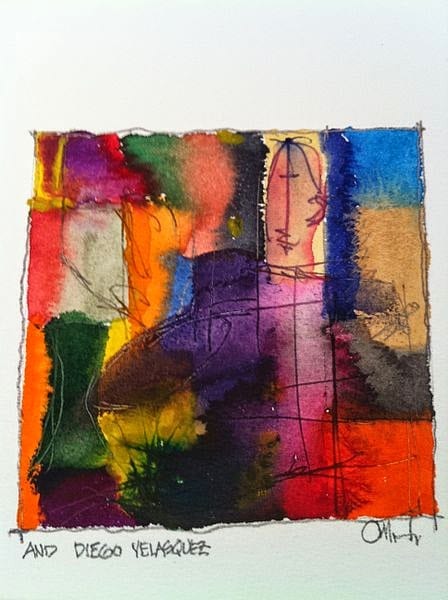Spring Break. That’s why it’s been a while since I wrote anything. It is this particular week that both strikes fear in to my heart for the coming summer (and having the girls around all day every day) and thrills me because I get to hang out with my girls and do things like walk the dog and read books in the sunshine and bake cookies. This week has been a perfect window in to just that. And now that it’s Thursday, I’m ready for them to go back to school. And I have no idea how I’m going to survive summer. None. I will certainly have to be more diligent about carving out time to write (and read) if I am to preserve what little portion of sanity I have left.
One incredibly bright beacon this week came thanks to Kris Prochaska and her talents. Kris is a counselor by training who has built a practice around helping people decipher what she calls their “human design,” in an effort to optimize the way they work and live in the world. I wrote about one session with her last November where I had a multitude of “a-ha” moments and, following that, I became interested in seeing if she could help my girls navigate the treacherous waters of adolescence. I pulled up our Human Design Charts (a mixture of information based on chakras and the zodiac and the I-Ching, among other things) and asked Kris to work with Lola first. On Tuesday, she spent a little more than two hours with us helping Lola understand what Kris calls the blueprint of her personality in order to better understand how she can most effectively make good decisions that are in alignment with her design. Kris explains it better on her site:
“In every case, when I am talking with my clients about miscommunication with their family, stress around money and marketing, and feeling overwhelmed around their calendar it boils down to the initial decision and commitment they made. Invariably they say something like “how did I get in this AGAIN?” And we look at the energy and emotion behind the decision and realize they were making the decision and commitment from their little voices of fear, doubt, shame and lots of guilt. Ugh. No wonder stress and overwhelm is there.
Sometimes it’s not so much the little voices that are pulling us this way or that, but rather living out of alignment with how we are uniquely designed as individuals to manage our energy, communicate our message, or commit to the next business venture.All of your results stem from the moment you choose a course of action and how you approach that choice emotionally and energetically. Wouldn’t it be prudent (and totally freakin’ powerful!) to know exactly what voices are making those choices, and how you best listen to the only voice that you need ever heed: your Inner Voice?”
We all have different ways of listening to (and finding) our inner authority and after talking with Kris, Lola has a much better shot at honoring hers. I am convinced that, armed with this information, she will be able to make her way through the challenges of teenagerhood with more clarity. Eve is already bugging me to schedule her session with Kris, but my brain is so full from Lola’s I feel like I need to go sit in a dark cave for a week to process it all.
I was looking forward to a few hours free today while the girls head to school for an exciting opportunity, but I’m afraid I won’t be able to stay away. Their school was one of four in the nation chosen by The Clinton Foundation to engage in a Skype discussion about empowering girls to change the world. I am fairly certain that neither Eve nor Lola truly understands the significance (I know I wouldn’t have when I was their age – hang out with a former Secretary of State on video? Who cares?), but I’m happy that the sun has gone away for today so they won’t be resenting me for intruding upon their Spring Break by making them participate. Of course, because I understand the significance of it, I will likely be sitting on my hands in the back of the room, clamping my lips together to force myself to stay quiet and let the girls speak, so my “few hours free” won’t be.
It will all definitely give me more to write about, although that isn’t a challenge right now. I have so many half-begun essays and poems, so many pieces sent out for submission to different publications (some hanging out there for weeks, waiting, and others simply rejected), that I hardly know how to tell them apart anymore. It would take the entire summer of writing in a vacuum to complete them all, and that’s only if nothing else occurred to me while I was writing. There is a constant buzzing in my head from all the ideas and thoughts, both disparate and connected, and it’s all I can do to remember what Kris told me about my particular cycles of activity and how this happens every Spring. I will wait for the bees to settle in and be still so that I can take the time I need with each one and it will all get done – or at least the stuff that needs to get done will get done. The rest can just buzz on away like so much background noise.
How do you survive Spring Break?



